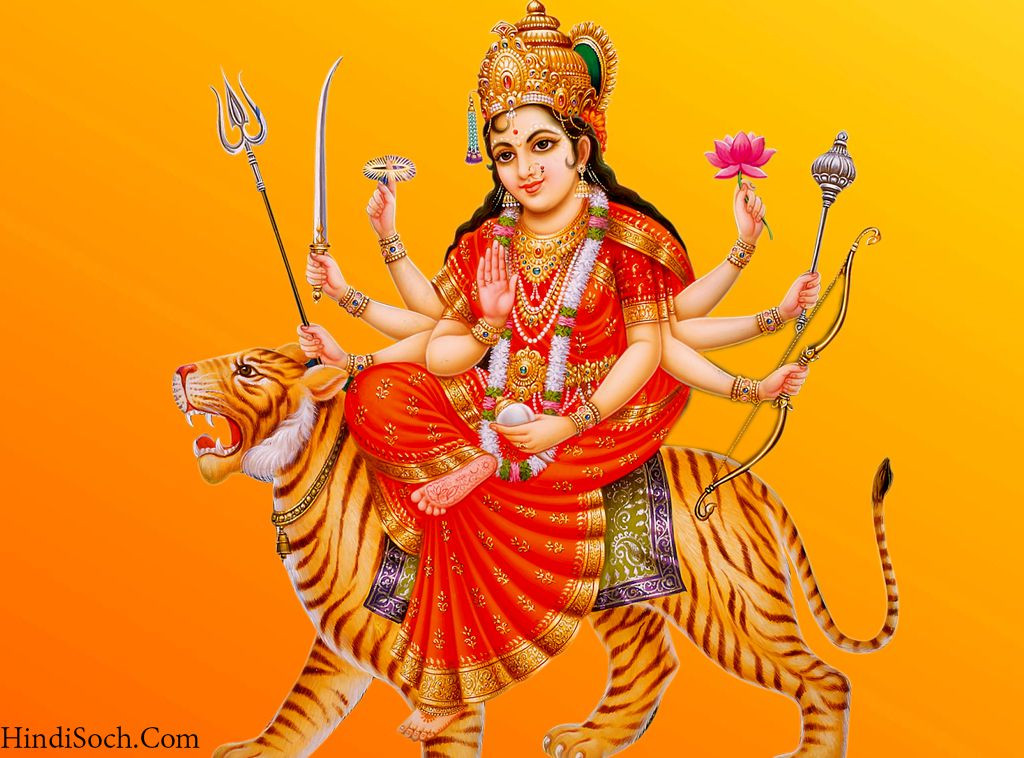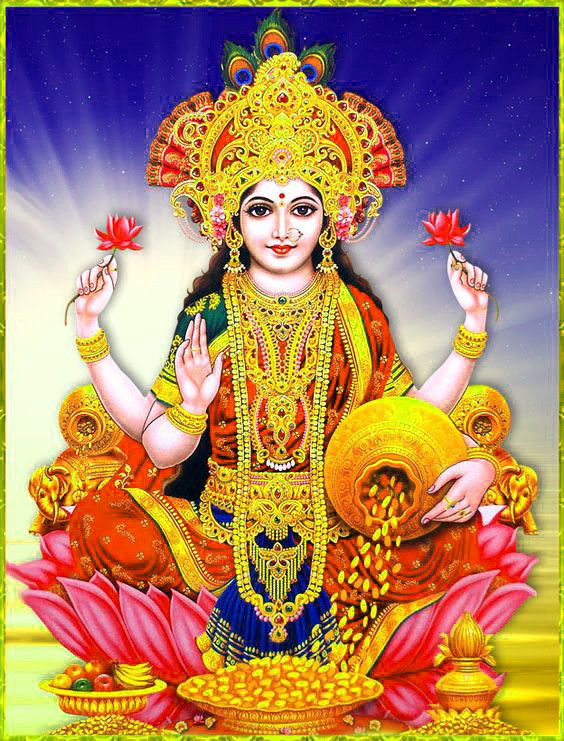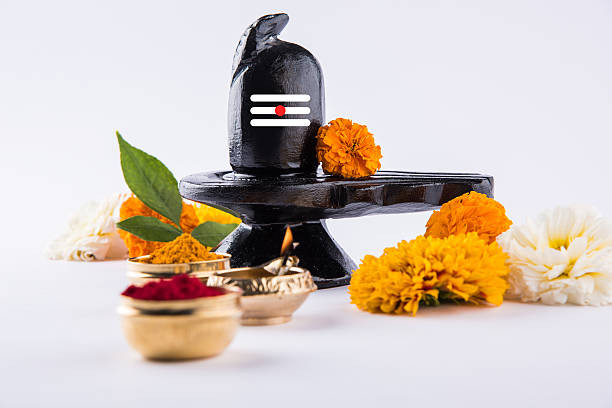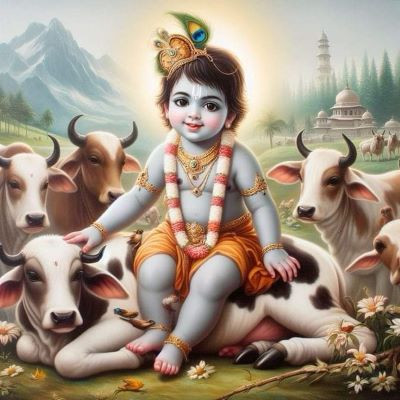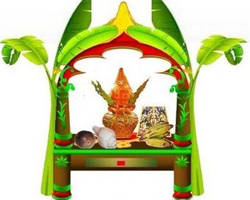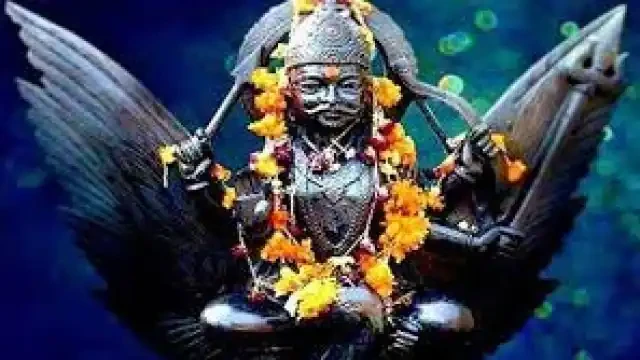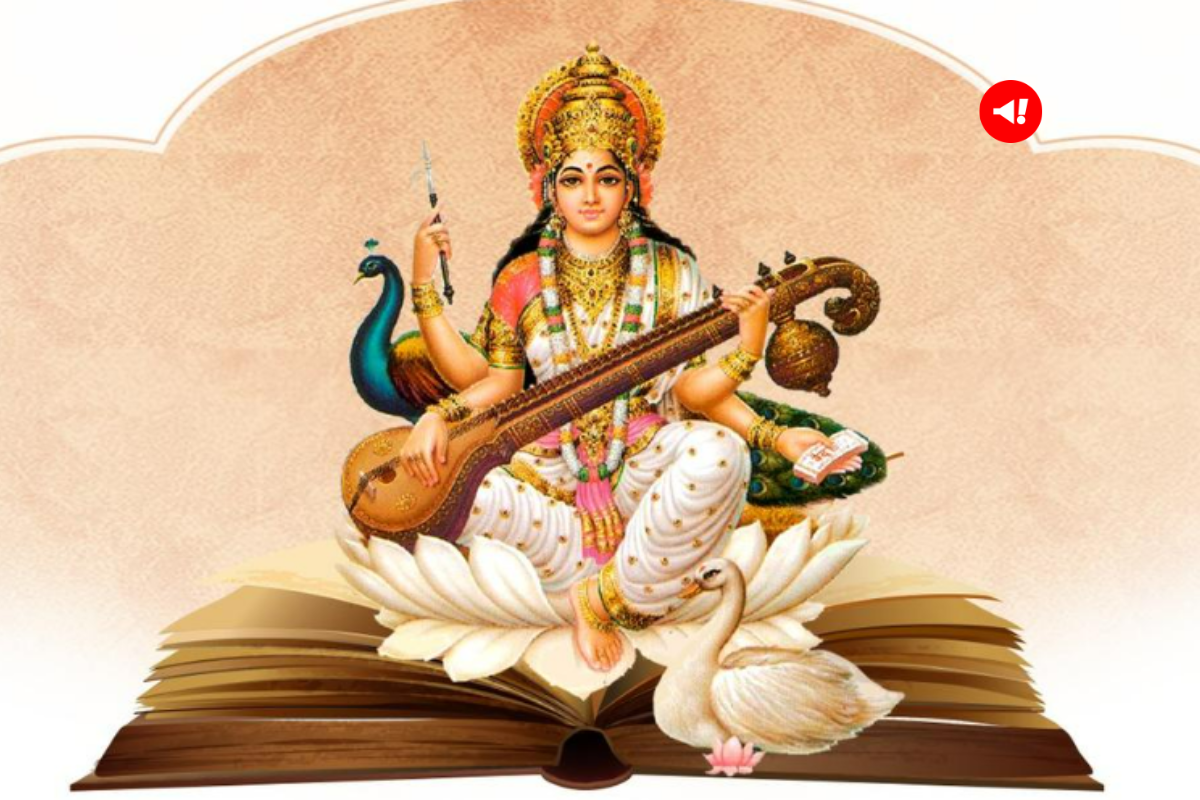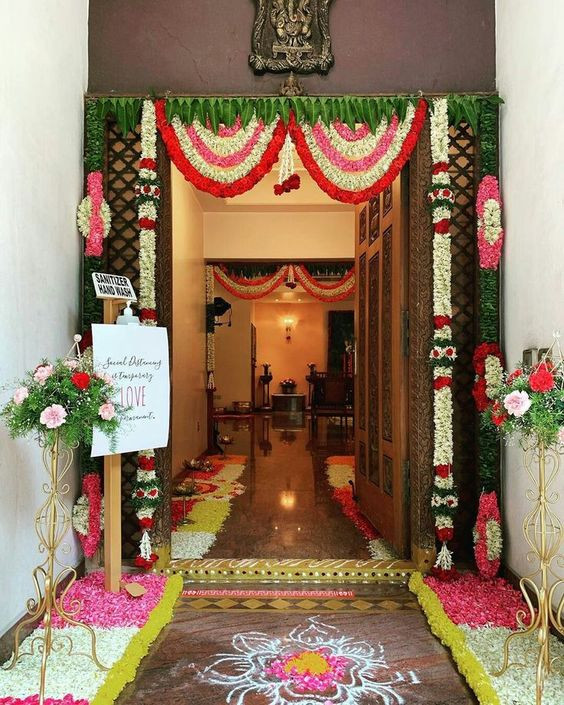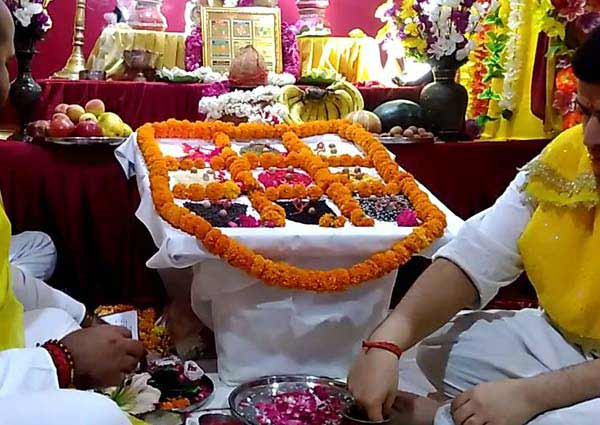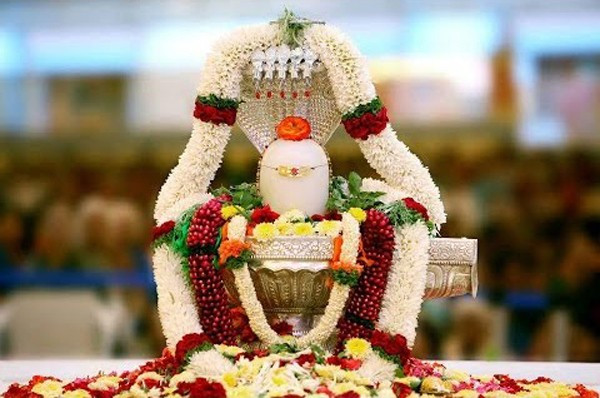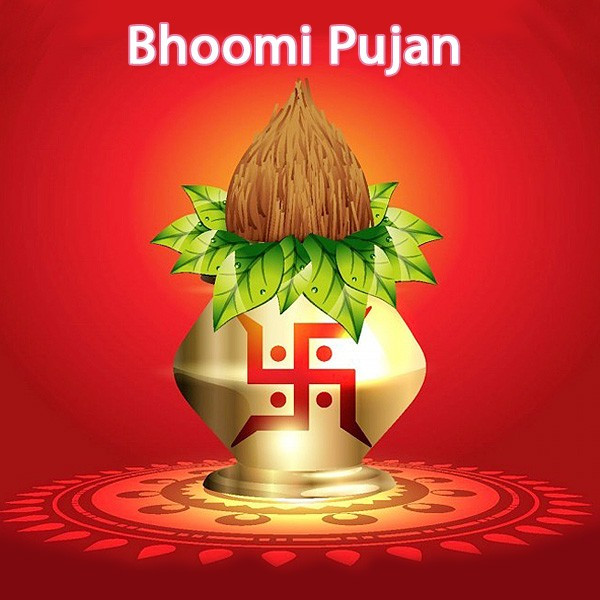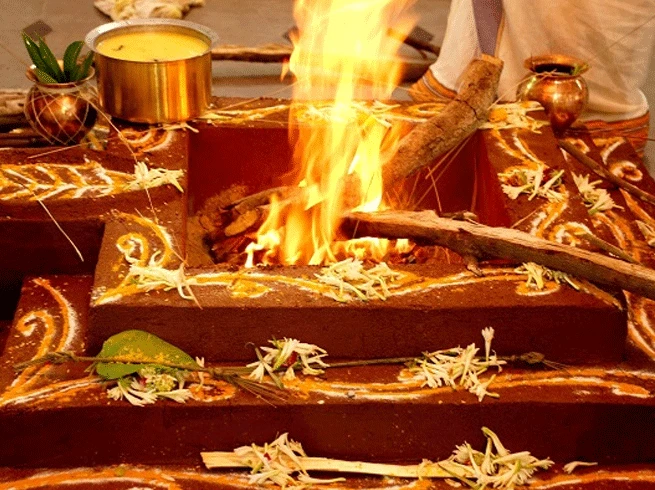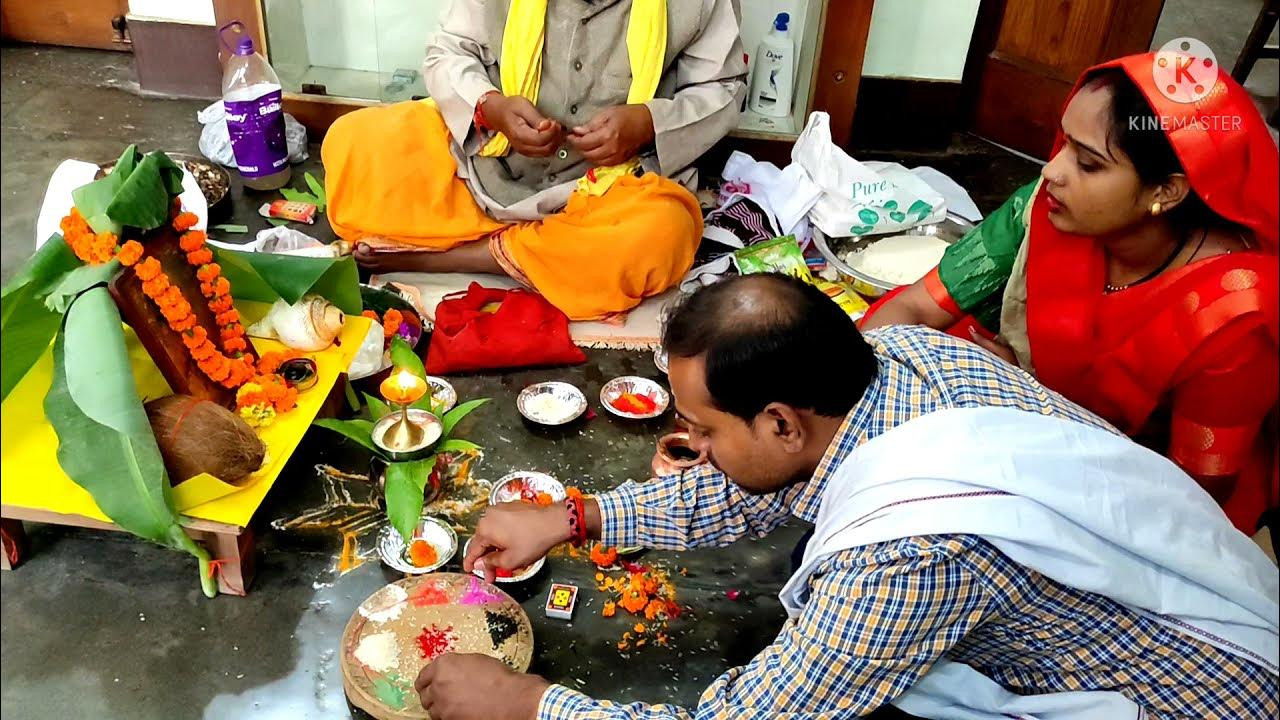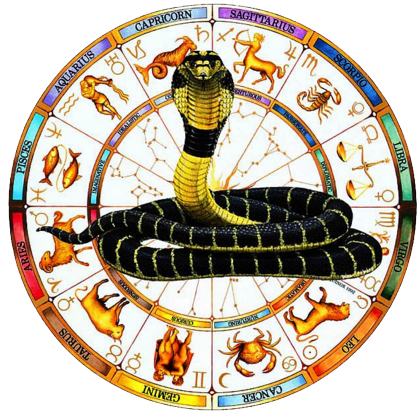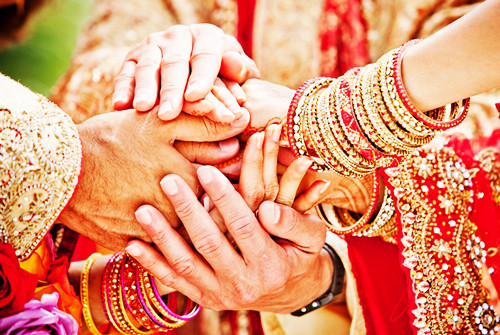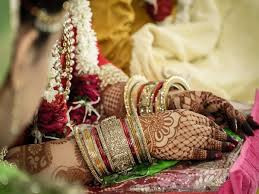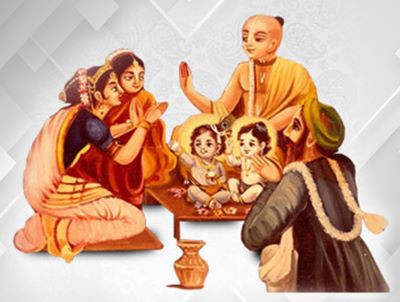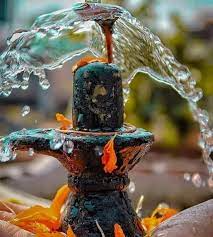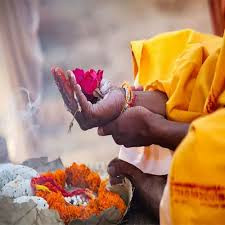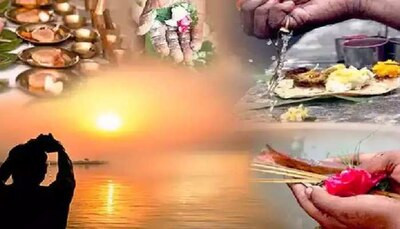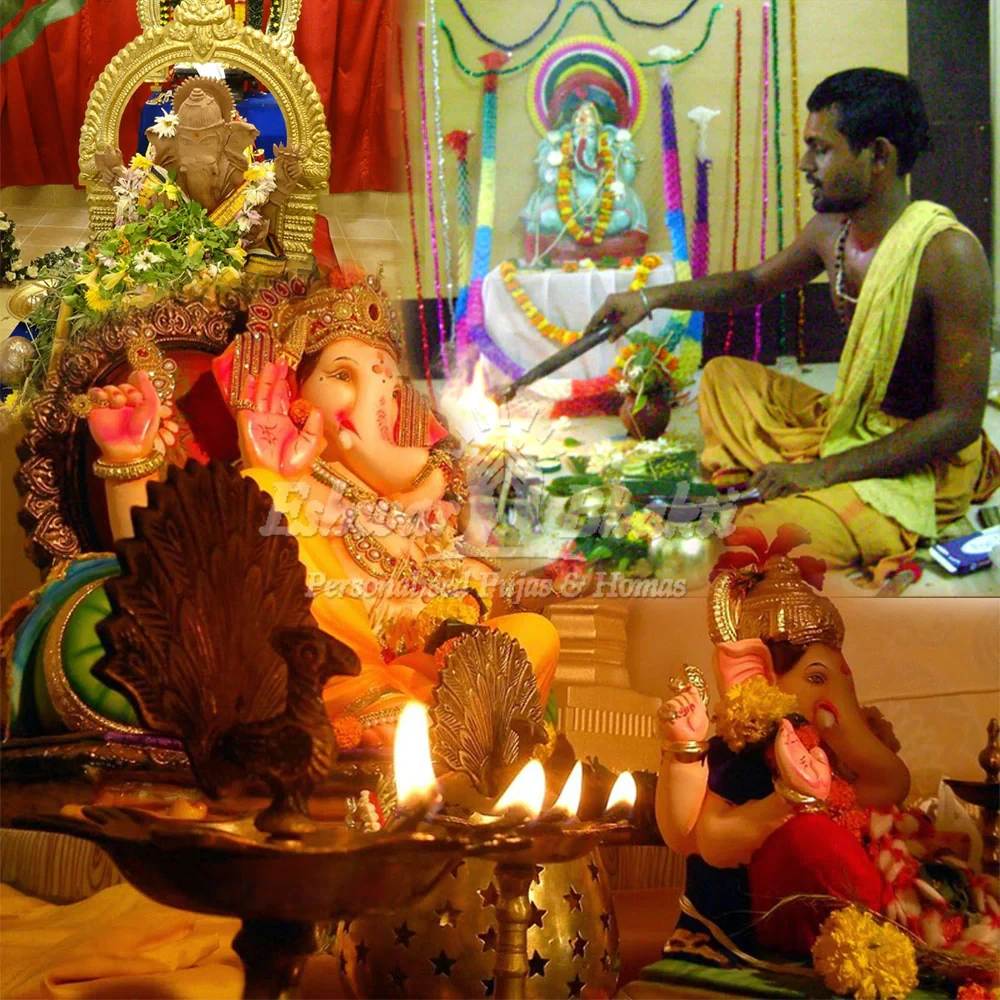
Ganesh Puja
Ganesha Puja, also known as Ganesh Chaturthi, is a Hindu festival dedicated to Lord Ganesha, the elephant-headed deity and the remover of obstacles. It is widely celebrated across India and in various parts of the world with devotion and grandeur. Here are the details of Ganesha Puja:
1. Timing:
- Ganesha Puja is typically observed on the fourth day (Chaturthi) of the waxing moon period in the Hindu month of Bhadrapada, which usually falls in August or September.
2. Idol Installation:
- Devotees bring idols of Lord Ganesha into their homes or community pandals. The installation of the idol is an important ritual, and it is believed that the deity manifests in the idol during this process.
3. Pandal Decorations:
- Temporary pandals (decorated structures) are often set up for community celebrations. These pandals are adorned with colorful decorations, lights, and elaborate themes.
4. Ganesha Idol:
- The idol of Lord Ganesha is crafted from clay or other materials. It depicts Ganesha with four arms, holding a broken tusk, a modak (sweet), a goad (ankusha), and a noose (pasha).
5. Puja Items:
- Various items are used for the puja, including incense sticks, camphor, diyas (oil lamps), agarbatti (incense), sandalwood paste, kumkum (vermilion), turmeric, and other ritualistic substances.
6. Ganesh Sthapana:
- The puja begins with Ganesh Sthapana, the installation of the idol. Devotees perform rituals to invoke the presence of Lord Ganesha in the idol.
7. Prana Pratishtha:
- Prana Pratishtha involves infusing life force into the idol, symbolizing the divine presence of Lord Ganesha. Mantras and prayers are chanted during this ritual.
8. Shodashopachara Puja:
- The Shodashopachara Puja involves performing sixteen specific steps of worship, including offering flowers, incense, lamps, water, and various other items to the deity.
9. Modak Offering:
- Modak, a sweet dumpling considered Lord Ganesha's favorite, is offered during the puja. Devotees also offer other sweets and fruits.
10. Aarti: - Aarti, a ritual of waving lamps in front of the deity while singing hymns and praises, is an essential part of Ganesha Puja.
11. Vedic Chants and Mantras: - Priests and devotees recite Vedic chants, slokas, and Ganesha mantras during the puja to invoke blessings and seek the removal of obstacles.
12. Vighnaharta Aradhana: - Devotees seek Lord Ganesha's blessings to remove obstacles and challenges from their lives. Ganesha is revered as Vighnaharta, the one who dispels impediments.
13. Visarjan (Immersion): - The festival concludes with the immersion of the Ganesha idol in water, known as Ganpati Visarjan. Devotees bid farewell to Lord Ganesha, expressing gratitude and seeking his return the following year.
14. Community Celebrations: - Ganesha Puja is not only performed at individual homes but is also celebrated on a community level. Public processions, cultural programs, and festivities are organized in many places.
15. Eco-friendly Celebrations: - In recent years, there has been a growing awareness of environmental impact, leading to the promotion of eco-friendly Ganesha idols made from natural materials that dissolve in water without causing pollution.
Ganesha Puja is a time of joy, devotion, and celebration, where devotees seek the blessings of Lord Ganesha for success, prosperity, and the removal of obstacles from their lives. The festival brings communities together, fostering a sense of unity and devotion.
What you will get:
- The items and arrangements for Ganesha Puja can vary based on personal preferences, regional customs, and the scale of the celebration (individual or community puja). Here's a general list of items that are commonly provided or used during Ganesha Puja:
- 1. Ganesha Idol: The central focus of Ganesha Puja is the idol of Lord Ganesha. Idols are typically made of clay, and various sizes are available for individual homes or community celebrations.
- 2. Puja Samagri Kit: Various items are used for the puja, including incense sticks, camphor, diyas (oil lamps), agarbatti (incense), sandalwood paste, kumkum (vermilion), turmeric, and other ritualistic substances.
- 3. Decorations: Homes or pandals are decorated with flowers, rangoli (colored patterns on the floor), torans (door hangings), and other festive elements to create an auspicious and vibrant atmosphere.
- 4. Modak and Sweets: Modak, a sweet dumpling considered Lord Ganesha's favorite, is a significant offering during the puja. Additionally, other sweets and fruits are often provided as offerings.
- 5. Ganesha Aarti Book: An Aarti book containing hymns, slokas, and the Ganesha Aarti is often provided for recitation during the puja.
- 6. Puja Thali: A decorative plate or thali is used to arrange and carry the items for the puja, such as diya, incense, flowers, and offerings.
- 7. Flowers, Fruits and Prasad: Fresh fruits and special sweets prepared as prasad (blessed food) are offered to Lord Ganesha. These are later distributed among family members and guests.
- 8. Coconut and Betel Leaves: Coconut and betel leaves are often included in the offerings as they are considered auspicious and symbolize purity.
- 9. Cloth for Ganesha: A new piece of cloth is provided to dress the Ganesha idol, symbolizing the deity's purity and auspiciousness.
- 10. Ghee and Oil: Ghee or oil may be used for lighting diyas and for offering in certain rituals during the puja.
- 11. Haldi-Kumkum (Turmeric and Vermilion): Turmeric (haldi) and vermilion (kumkum) are used for tilak application on the Ganesha idol and as offerings.
- 12. Cultural Programs and Events: In community celebrations, arrangements for cultural events, music, dance, and other festivities may be made to enhance the puja experience.
- 13. Visarjan Materials: For those celebrating the immersion (visarjan) of the Ganesha idol, materials such as coconuts, flowers, and coins for the immersion ritual are provided.
- 14. Sound and Lighting Equipment: For larger community celebrations, sound systems and lighting equipment may be arranged to enhance cultural programs and festivities.
- 15. Eco-friendly Materials: With increasing awareness of environmental impact, some people opt for eco-friendly Ganesha idols and decorations made from natural materials that dissolve in water without causing pollution.
- It's important to note that the specific items and arrangements can vary based on cultural practices, individual preferences, and the traditions followed in different regions. Additionally, the scale of the celebration, whether it is a small family puja or a large community event, can influence the items provided for Ganesha Puja.
Benifits of the Package:
- Ganesha Puja, also known as Ganesh Chaturthi, is celebrated by Hindus to worship Lord Ganesha, the elephant-headed deity who is revered as the remover of obstacles and the god of wisdom and prosperity. Devotees believe that observing Ganesha Puja with devotion and sincerity can bring about various spiritual and material benefits. Here are some perceived benefits of Ganesha Puja:
- 1. Removal of Obstacles: Lord Ganesha is known as Vighnaharta, the remover of obstacles. Devotees believe that worshiping Ganesha helps in overcoming hurdles and challenges in various aspects of life.
- 2. Success and Prosperity: Ganesha is associated with prosperity and success. Devotees seek his blessings for a successful and prosperous life, both in personal and professional endeavors.
- 3. Intellectual Wisdom: Ganesha is revered as the god of wisdom and intellect. Students and scholars pray to Ganesha for guidance, intelligence, and success in academic pursuits.
- 4. New Beginnings: Ganesha Puja is considered auspicious for starting new ventures, projects, or journeys. Devotees seek Ganesha's blessings for a smooth and successful beginning.
- 5. Positive Energy: Worshiping Ganesha is believed to bring positive energy and vibes. Devotees seek his divine presence to create a harmonious and positive atmosphere in their homes and lives.
- 6. Removal of Financial Obstacles: Ganesha is also considered the god of wealth. Devotees pray for the removal of financial obstacles and for blessings related to wealth and abundance.
- 7. Family Harmony: Ganesha Puja is often performed for the well-being and harmony of the family. Devotees seek blessings for unity, peace, and happiness within the household.
- 8. Health and Well-being: Devotees pray for good health and well-being during Ganesha Puja. Ganesha is seen as a symbol of good health and vitality.
- 9. Protection: Lord Ganesha is believed to provide protection to his devotees. People pray to Ganesha for safeguarding them from harm, accidents, and negative influences.
- 10. Spiritual Growth: Ganesha Puja is not only about seeking material benefits but also about spiritual growth. Devotees aim to deepen their connection with the divine and enhance their spiritual understanding.
- 11. Gratitude and Humility: The worship of Ganesha encourages devotees to cultivate qualities of gratitude and humility. By acknowledging obstacles and seeking divine help, devotees develop a humble attitude.
- 12. Cultural and Community Bonding: Ganesha Puja is often celebrated on a community level, fostering a sense of unity and social bonding. It brings people together in joyous celebrations and cultural activities.
- 13. Dissolution of Ego: The elephant head of Ganesha symbolizes wisdom and humility. Devotees seek blessings to overcome ego and arrogance, promoting humility and compassion.
- 14. Inner Peace: Ganesha Puja is believed to bring inner peace and tranquility. Devotees seek solace and calmness in the presence of Lord Ganesha.
- It's important to note that these perceived benefits are rooted in religious and cultural beliefs. While devotees engage in Ganesha Puja for spiritual reasons, they also seek practical outcomes and positive changes in various aspects of their lives.
Service Availability
- Sunday 08:00 AM - 02:00 PM
- Monday 08:00 AM - 02:00 PM
- Tuesday 08:00 AM - 02:00 PM
- Wednesday 08:00 AM - 02:00 PM
- Thursday 08:00 AM - 02:00 PM
- Friday 01:00 AM - 05:30 AM
- Saturday 01:20 AM - 12:40 PM

